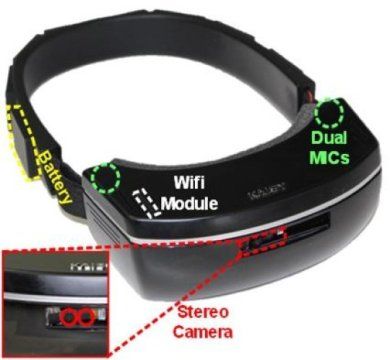Feb 27, 2016
Carrie Fisher conducts painful group therapy for robots
Posted by Karen Hurst in categories: government, robotics/AI
https://youtube.com/watch?v=f8T8eWBmls0
As funny as this commercial is; if the ramp up of robotics continue for the next 30 years we could see humanoid robots needing counseling. However, like AI of our past, we’ll go through a 10 yr peiod of hype and interests, and when consumers, industries, and government do not see value or advance improvements beyond walking, lifting 20lbs boxes, being part of an assembly, etc. robotics will again fall again into the background. https://lnkd.in/bQyWgBq
Technically Incorrect: A new IBM ad, released to coincide with Sunday’s Oscars broadcast, shows Fisher entirely in her element, and robots who have a lot of problems.
Continue reading “Carrie Fisher conducts painful group therapy for robots” »


















